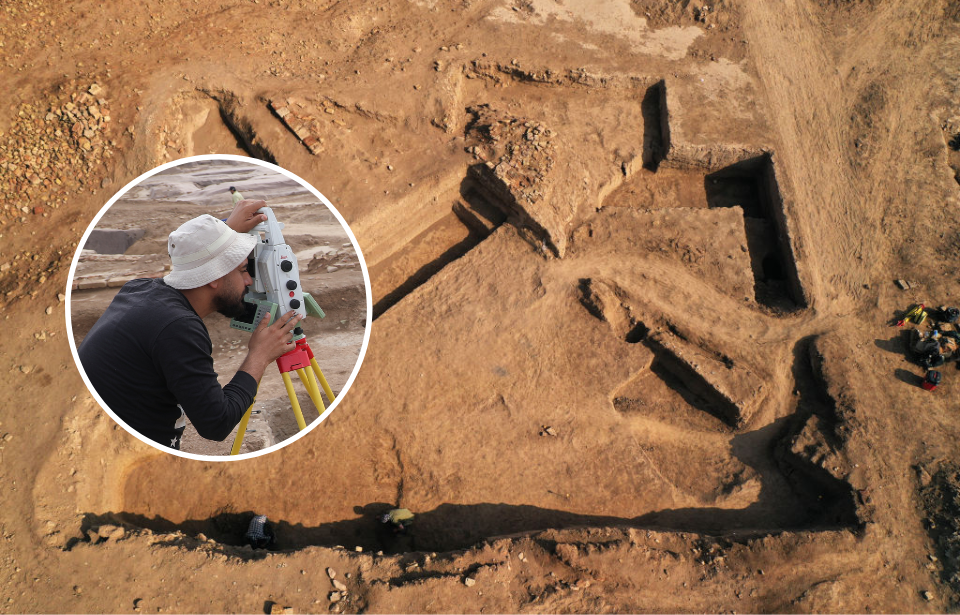A team of archaeologists unearthed a palace, temple, and hundreds of cuneiform tablets in the ancient city of Girsu. Located in the south of modern-day Iraq, Girsu was a Sumerian city in the eastern Mediterranean region of Mesopotamia as far back as 3,500 BC. The location has been described as “probably one of the most important heritage sites in the world that very few people know about.”
The city of Girsu was first discovered in the 19th century
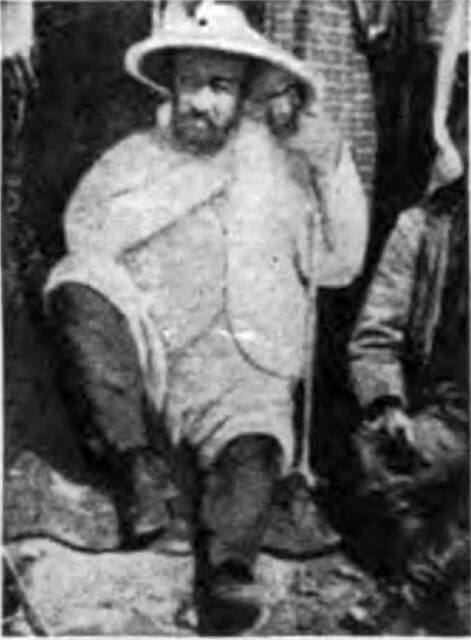
The ancient city of Girsu is believed to be one of the earliest cities in the history of mankind, built by the Sumerians in Mesopotamia between 3,500 and 2,000 BC. It was first discovered by the French archaeologist Ernest de Sarzec in 1877. After it was picked over very thoroughly, the city was left undisturbed for over a century. Looting and illegal excavations made the site difficult for future work, as did consistent warfare in the region.
Excavating the area was a joint effort
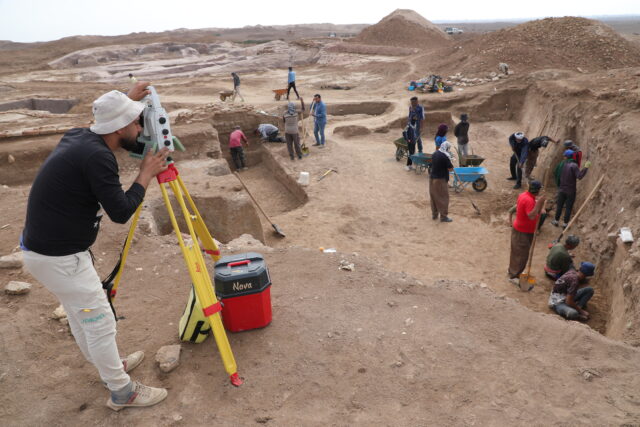
It wasn’t until 2015 when Dr. Sebastien Rey of the British Museum led an excavation team at Girsu that the area, now known as Tello, Iraq, regained archaeological interest. The project was a joint effort with funding spread between the British Museum, the LA-based Getty Museum, and the State Board of Antiquities and Heritage in Iraq. The endeavor was undertaken with the intention to protect key heritage sites in Iraq and Syria.
The project was met with skepticism
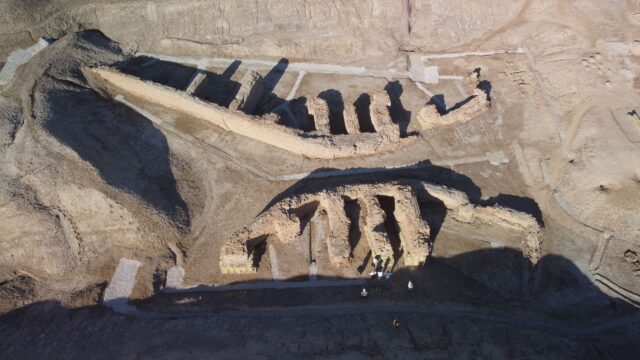
Early on, Rey believed there was more to Girsu than what was left there over a century ago. However, when he mentioned this at international conferences, he was met with some serious skepticism by his colleagues. “Everyone basically told me, ‘Oh no you’re making it up you’re wasting your time you’re wasting British Museum UK government funding’ – that’s what they were telling me,” Rey explained. However, his team’s work soon proved them all wrong.
New technology helped archaeologists make the discovery
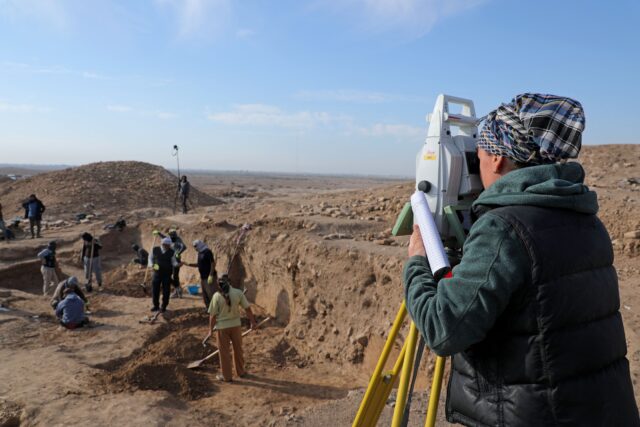
Approaching the site at modern-day Tello needed to be done in a new way if they were to uncover any hidden secrets in the remains of the ancient city. As archaeological technology has advanced drastically in recent years, researchers were able to use aerial surveying through the use of a drone to capture footage of the area. This footage revealed subsurface remains that were previously hidden from view.
The team finally made the discovery they were hoping for
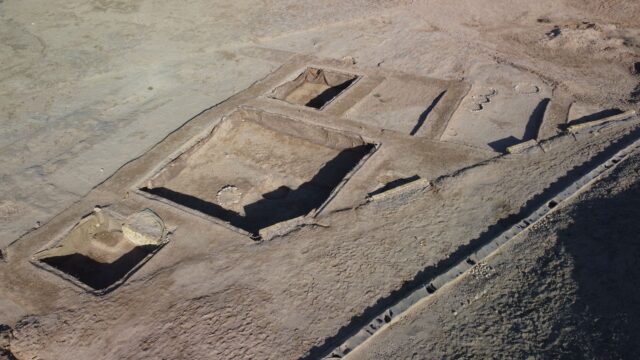
Archaeologists followed up on the drone footage by performing ground-level excavations, and they unearthed the mudbrick walls of the 4,500-year-old Lord Palace of the Kings, as well as the city’s main temple, E-ninnu. Although the excavation was finished and the news was broadcast to the world in 2022, the discovery was actually made in 2015.
Finding the temple E-ninnu
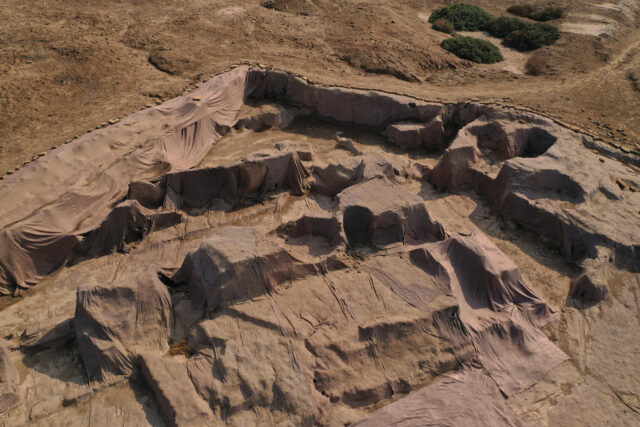
Finding the “door socket” of the temple was a huge moment for Rey and his team. “We found a stone and the stone had an inscription,” he said. “When we read the inscription it was Gudea the King building a temple for god Ningirsu and then the name of the temple, so we knew without a doubt this was the temple.” Archaeologists believe that the secrets hidden at the temple will help provide key information about the ancient civilization.
The temple holds significant importance to the ancient world
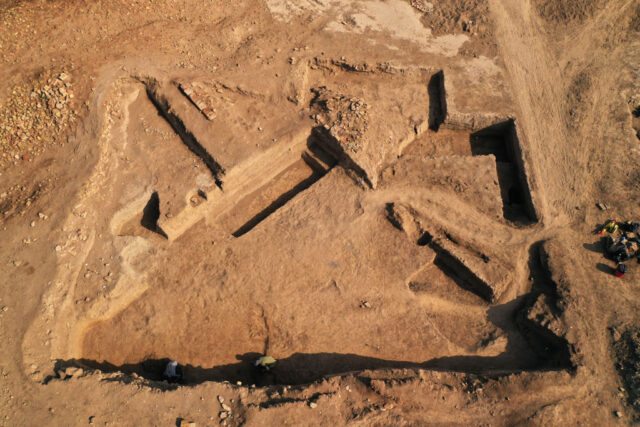
The temple has been determined to have been dedicated to the Mesopotamian God of War, Ningirsu, who was the son of the chief god of the Sumerian pantheon, Enlil. Prior to this discovery, the temple’s only known existence was in ancient inscriptions found in Girsu when it was first excavated in the 19th century. However, its discovery in physical form suggests that it would have been one of the most-visited sacred buildings in all of ancient Mesopotamia.
Cuneiform tablets were found at the site
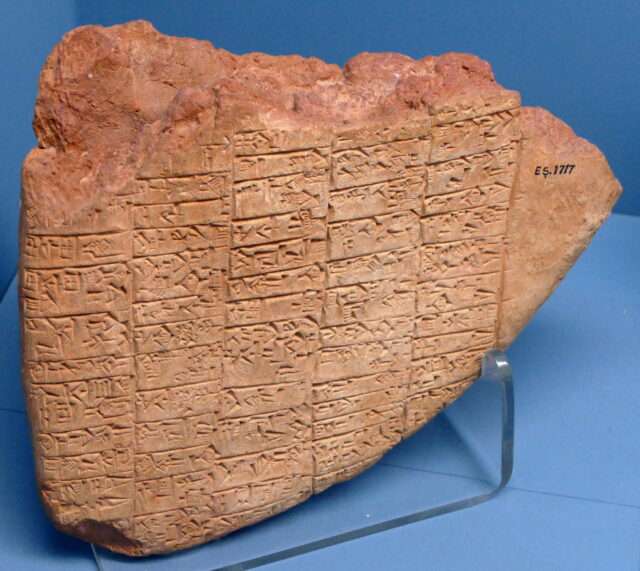
Also found at the ancient city of Girsu were more than 200 cuneiform tablets. They were located in a pile of debris left behind following the 19th-century excavations. These bear deep significance as they literally describe life in the ancient world. Many of these tablets have been deciphered, revealing that their contents are administrative records of activities in the ancient city.
The Sumerians were one of history’s oldest civilizations
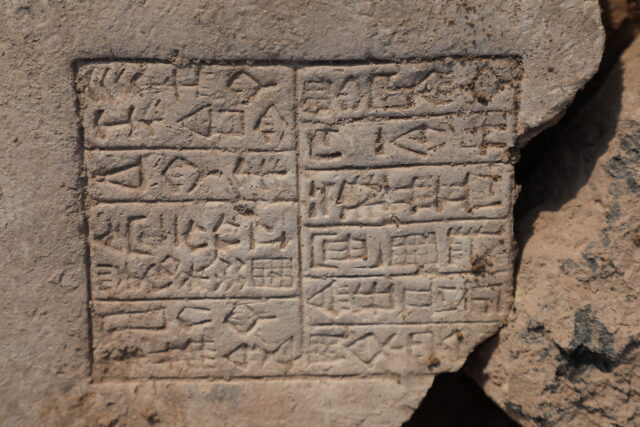
The ancient Sumerians were part of one of the earliest known civilizations in Mesopotamia, inhabiting the region of Sumer. They were the founders of the first cities, establishing about a dozen city-states and creating the first known codes of law. They were pioneers in many technologies that would develop over several millennia, including hymns and prayers, arts, science, mathematics, and architecture. Their contributions to writing and literature inspired the world’s oldest surviving piece of literature, the Epic of Gilgamesh.
The find marks significant changes in our understanding of ancient Mesopotamia
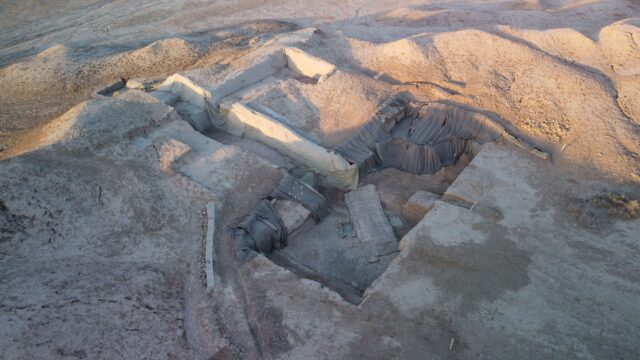
Girsu was already known to be one of the first cities in the world, but now it is being recognized as the “cradle of civilization,” operating as a major hub of Sumerian society. Hartwig Fischer, the director of the British Museum, said the location was “one of the most fascinating sites I’ve ever visited.” He said, “While our knowledge of the Sumerian world remains limited today, the work at Girsu and the discovery of the lost palace and temple hold enormous potential for our understanding of this important civilisation, shedding light on the past and informing the future.”
The palace is next to be excavated
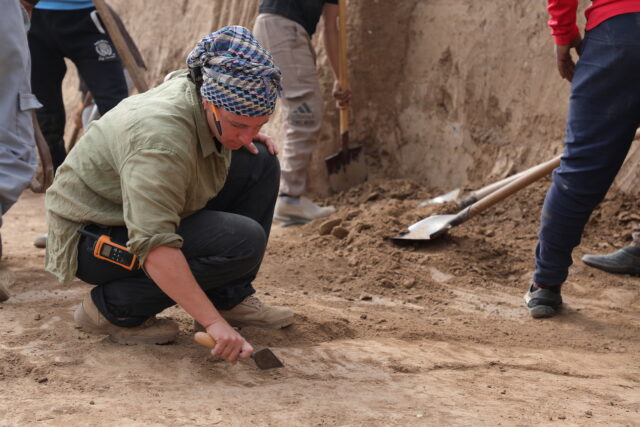
More from us: The Remnants of the Ancient City of Laodicea on the Lycus in Turkey
While most of the city has been unearthed over the many seasons the team has worked at Tello, the Lord Palace of the Kings has yet to be fully unearthed. Now that excavations at the temple have come to a close, archaeologists will be setting their sights on the grand Sumerian palace, hoping to unveil whatever secrets it holds.
